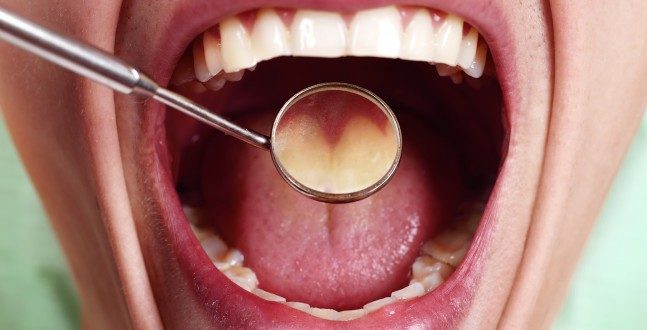Scientists believe they have found a link between women’s unexplained infertility and a mysterious virus that is transmitted via kissing.
A virus from the human herpesvirus family has been identified in the uterus lining of women with unexplained infertility, scientists have said. HHV-6A infections also appear to be exacerbated by high levels of hormone estradiol and could explain these women’s inability to conceive a child.
The study found that the response of the immune system to the virus may contribute to making the uterus less hospitable to a fertilized egg. The virus seems to activate immune cells called natural killer cells in the uterus, and lead those cells to produce chemicals called cytokines. Cytokines are tools the immune system uses to orchestrate an attack on a foreign invader, like a virus. However, the activated immune system cells and abnormal levels of certain cytokines may make it harder for a fertilized egg to lodge in the uterus, and grow into a baby.
Infertility affects approximately 6% of 15-44 year old women or 1.5 million women in the US, according to the CDC. Approximately 25% of female infertility cases are unexplained, leaving women with few options other than expensive fertility treatments. “This is a surprising and potentially important discovery,” said Anthony Komaroff, a professor at Harvard Medical School who has studied HHV-6. “If confirmed, the finding may lead to treatments that improve the outcome for a large subset of infertile women.”
Little is known about HHV-6A, which was discovered in 1986 and is one of nine human herpesviruses. Others include Epstein Barr virus, varicella-zoster virus, cytomegalovirus, and herpes simplex types 1 and 2. Since HHV-6A is typically not detectable in the blood or saliva, its true prevalence is unknown. A closely related virus, HHV6-B, is acquired by nearly 100% of the population in early childhood and is spread through exposure to saliva.
HHV-6B causes roseola and febrile seizures in infants, and can cause brain inflammation and disease of other organs in patients who have immune deficiencies or who are on immunosuppressive drugs.
Currently, there are no FDA-approved drugs for HHV-6A or HHV-6B, but infectious disease specialists commonly use valganciclovir, foscarnet, and cidofovir to treat HHV-6B reactivation in transplant patients. These drugs were developed to treat human herpesvirus-5 (HHV-5), known as cytomegalovirus.
More research is needed to confirm these findings and to determine whether antiviral treatment would help women with this uterine infection. Diagnosis of HHV-6A infection of the uterine lining can be made by a biopsy of the uterine lining, a standard procedure done by gynecologists without anesthesia using a small suction device.
Agencies/Canadajournal
 Canada Journal – News of the World Articles and videos to bring you the biggest Canadian news stories from across the country every day
Canada Journal – News of the World Articles and videos to bring you the biggest Canadian news stories from across the country every day



